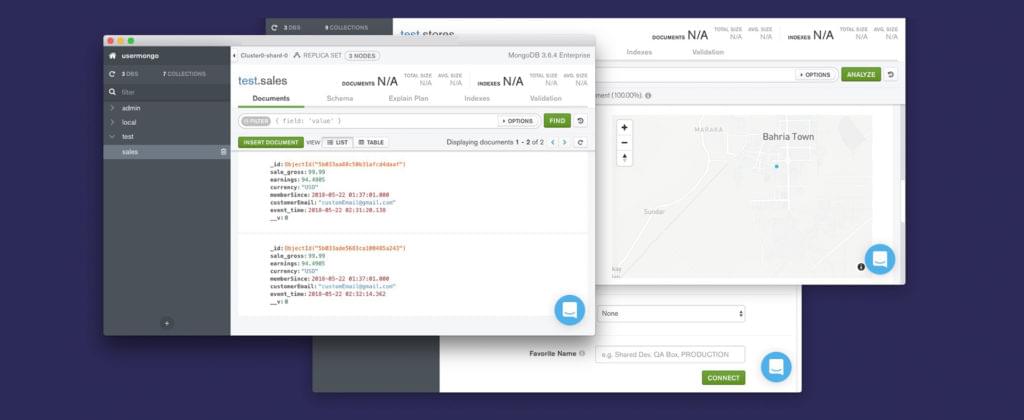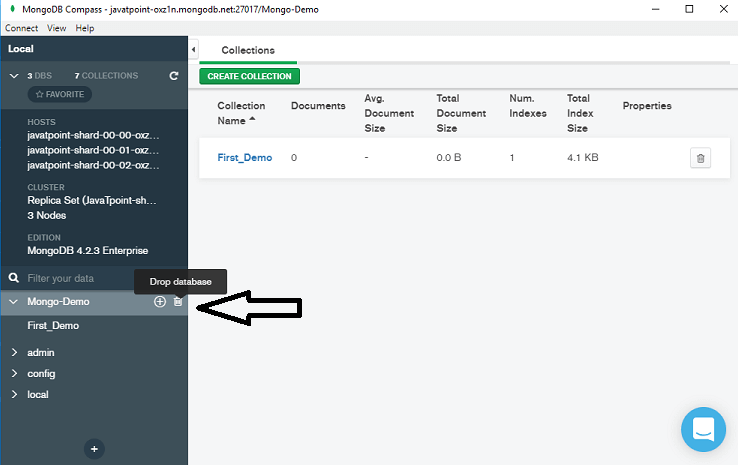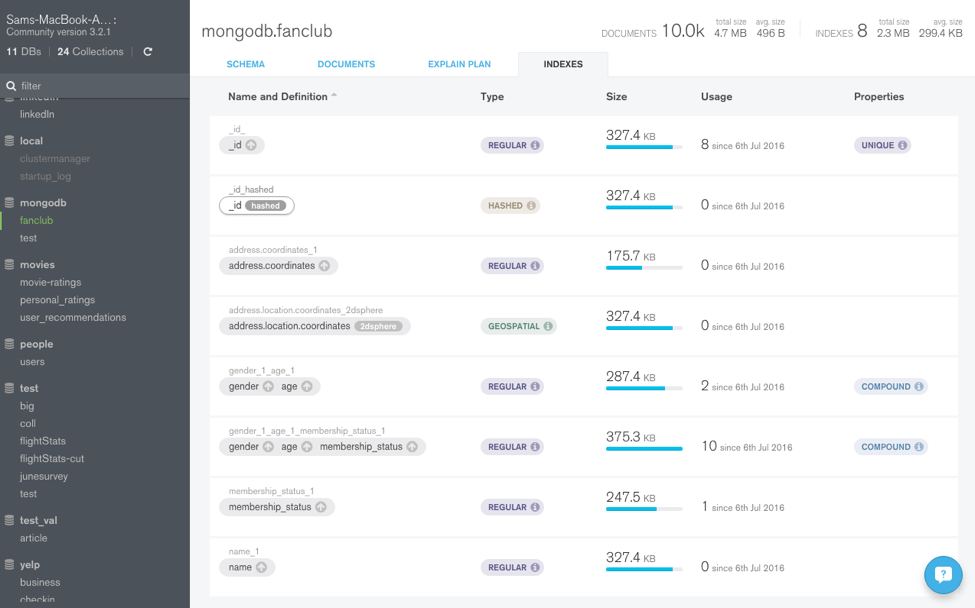

It’s obviously not what you would call a full-featured MongoDB management solution, but it’s reliable for everyday users and light development. Increase your productivity and manage your MongoDB databases with almost no effortĪll in all, MongoDB Compass allows you to forget all about the command line when dealing with MongoDB databases. Furthermore, the utility provides you with an easy way to work with geospatial data and, thanks to its visual editor, manages documents thoroughly.

With the eye-pleasing graphs in the performance section, you can accurately view real-time statistics and better understand important and relevant database operations, as well as frequency types, field ranges in datasets and schemas. With just a few mouse clicks, you can create queries with multiple fields. In addition to the neat visualization tools we’ll cover in a moment, the application allows you to easily run queries without knowing too much of the proper language. Get an accurate view of your MongoDB data with this vision-driven tool
#Mongodb compass free download install#
This tutorial’s examples will install version, the latest stable version at the time of this writing. There, find the section on the right-hand side of the page and select your desired from the drop-down menus there. You can use multiple databases at once, to make things more convenient you can rename them to your liking. To find the appropriate package for your system, navigate to the MongoDB Compass Downloads page in your web browser. Obviously, the app gives you information about storage size, collections, indexes, and number of contained documents. There are two main, self-explanatory sections, database and performance. Once the connection is established, you can start exploring the structure of the database. Note that it also supports SSL and SSL tunneling.

You need to enter the host address, port number and choose from three authentication methods (Kerberos, LDAP, and typical username/password combinations).


 0 kommentar(er)
0 kommentar(er)
